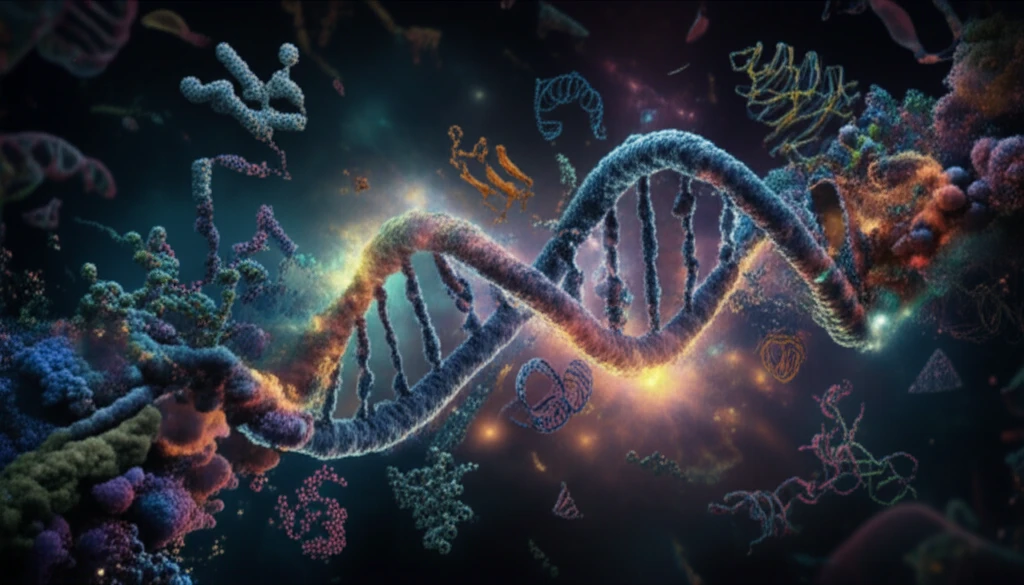
Unlocking the Code: How Chromatin Dynamics Shape Our Cells
"A deep dive into the molecular basis of chromatin assembly and modification, revealing how these processes influence gene expression and cellular function."
Our bodies are composed of trillions of cells, each containing a complete set of genetic instructions encoded in DNA. However, not all genes are active in every cell. The selective activation and deactivation of genes determine a cell's identity and function. This intricate control is largely managed by chromatin, the complex of DNA and proteins that forms our chromosomes.
Chromatin isn't just a static package for DNA; it's a dynamic structure that constantly changes to regulate gene expression. These changes involve both the assembly of chromatin and the modification of its components, processes orchestrated by multi-protein complexes. Understanding these processes is crucial for comprehending how cells function normally and what goes wrong in disease.
Recent research has illuminated the molecular mechanisms underlying chromatin assembly and modification, revealing how various protein complexes interact to influence gene expression. These insights offer potential avenues for therapeutic interventions targeting diseases linked to chromatin dysfunction.
What are Chromatin Remodelers and How Do They Work?

Chromatin remodelers are essential for maintaining proper chromatin structure. They come in four main types, each with specific functions:
- SWI/SNF: These remodelers evict or slide nucleosomes to open up specific DNA regions.
- CHD and ISWI: These help histones develop into mature nucleosomes and regulate nucleosome spacing.
- INO80: This subfamily is involved in incorporating histone variants and regulating nucleosome positioning.
The Future of Chromatin Research
While significant progress has been made in understanding chromatin assembly and modification, many questions remain. Future research will likely focus on elucidating the precise roles of histone modifications, the mechanisms of action of chromatin remodelers, and the interplay between different regulatory complexes. These insights could pave the way for new therapeutic strategies targeting chromatin dysfunction in diseases such as cancer and neurological disorders.
